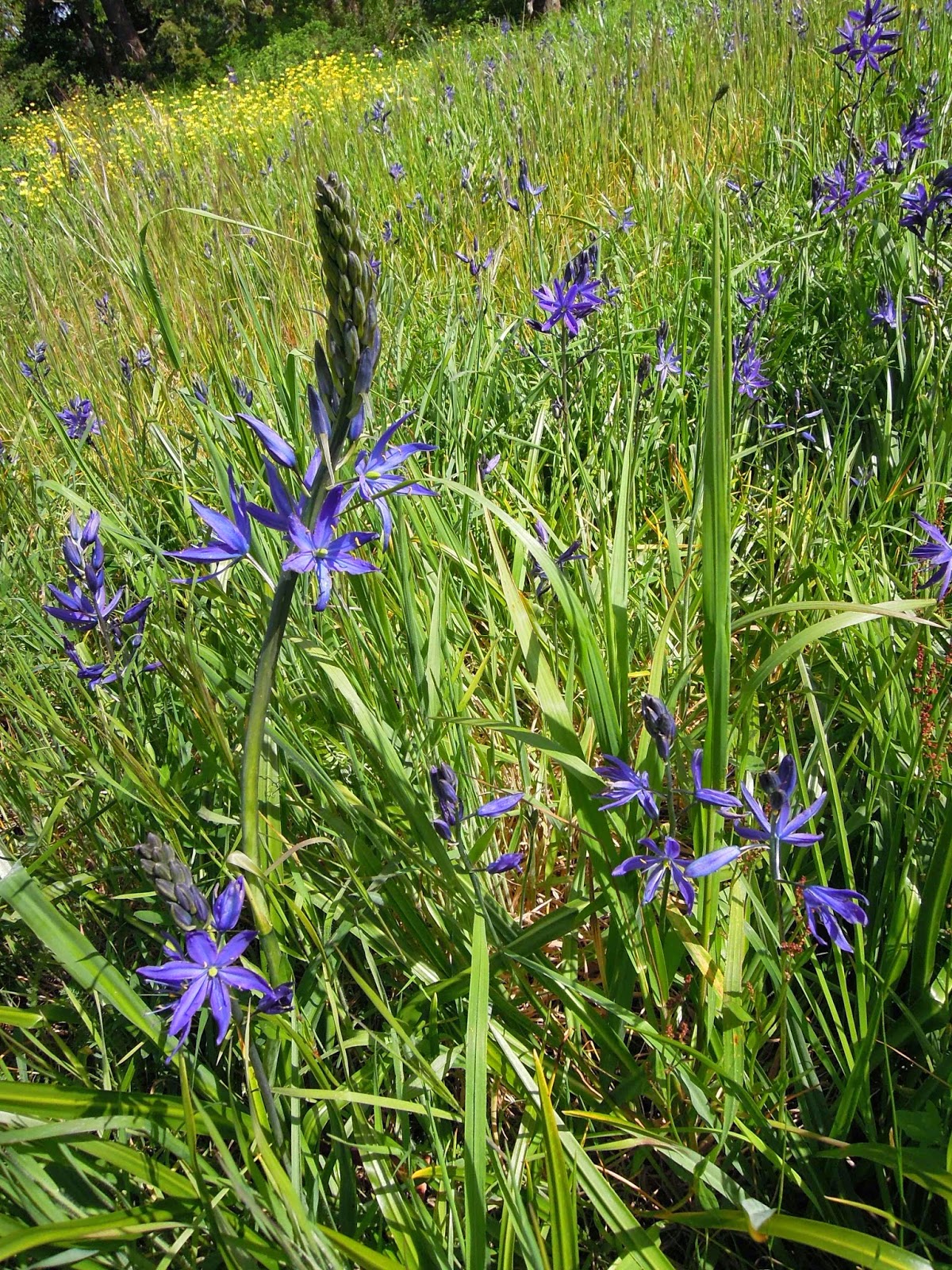 |
LUNARIA ANNUA
dried seed capsules.
Mideke porcelain pot.
Shaw Island 2014. |
Common names: Money Plant, Honesty, Silver Dollars.
Source: This plant has been growing on Shaw Island with two long-time islanders, Gwen Yansen and Mary Lou Clark. Since the number of gardening years they have enjoyed on Shaw added together tops 100, let us list Lunaria annua as a Shaw Island Heritage Plant. The plant could have been introduced to the island by previous owners of their early established gardens, the Biendl, and the Fowler families.
 |
"Money Plant"
First-year planting of Lunaria
in the Gatehouse woodland garden.
And soon come the attractive seed capsules
as seen posted on top. |
Native: The Balkans and SW Asia; naturalized through the temperate climate of the world.
Life cycle: Herbaceous Biennial.
Nomenclature: Lunaria means “moon-shaped,” referring to the seedpods. In SE Asia it is called “money plant," in the US it is commonly known as “silver dollars.” In French, it is known as Monnaie du pape (“the Pope’s money”) In Denmark, it is known as judaspenge, an illusion to the story of Judas Iscariot and the 30 pieces of silver he was paid for betraying Christ.
Tolerates: Shaw Island deer have let me grow this plant at the Gatehouse garden all the way until 2019 when they have been munching on the foliage but leaving me the seed pods. That works.
Height: 2 to 3 ft
Bloom: Mid-spring-summer, fragrant, magenta-purple. A favorite for honey bees.
Growing Region: USDA Zone–– down to 4a.
The degree of Difficulty: EASY
Propagation: from seed. Direct sowing with a depth of 1/4". Spacing 4-6". Then at maturity thin 12-18".
Days to Sprout: 14-28.
Uses: Vital nectar plants for bees, butterflies, and birds. Cottage garden, flower arranging, flower borders, butterfly, and wildlife gardens. Esteemed gardener/author Christopher Lloyd, in his book Cottage Garden, Prentice-Hall (1990), suggests Lunaria as a specimen we should grow.
Bloom time: Spring to Summer flowers. If the flowers are not picked for bouquets there is autumn interest with flat, translucent, round and papery seed cases resembling little moons. These can be brought inside for use in dry arrangements or they can be left in the garden where they will re-seed.
 |
Lunaria at Priona Garden
by Scott Weber.
A Piet Oudolf-inspired garden tour
to Holland and Germany,
September 2015. |
Notes: Some sources say to direct sow in fall and some say to wait until spring. In the PNW climate, I’m sure we can take our pick. Needs no pampering. It prefers partial shade but will tolerate full sun. Seems happiest growing among other plants. Lunaria develops thick storage roots, and deep tap roots, so if kept in small pots for any length of time this prevents roots from developing and will cause distress. Requires moist soil.
Once established, it will continue to produce a display each year.
Artist Claude Monet grew this flower at his famous Clos Normand Garden, at Giverny.
 |
"We call this herb in English
Penny floure or Money floure––
and among the women it is
called Honestie."
Gerard. |
Before the days of sophisticated dried flowers, "Honesty" was popular at Christmas and New Year's; after it had been arranged it would often stay in the vase for months.
Now there is keener interest in the winter garden and the seed pods of the Silver Dollars can add interest to a bleak winter landscape.
The key to getting good “silver pennies” is to make sure that the seed pods are perfectly dry. Cut the stems bearing seed pods and hang in bunches upside down in an airy room to dry. Once dry, gently remove the outer seed casing before using them for arrangements.
In October, I brought some seed pods inside to dry. It was a delight to see them transform from rag-tag battleship gray to clean, translucent, silvery-white.
Favorite reference for research on Lunaria annua;
“Honesty, or money plant, is one of those plants that is always appreciated but rarely used to its full potential. True, it is valued as a dried flower––for its silvery seed heads that look like coins––and for the wild garden, especially in its delightful but underused white form.
In naturalistic or woodland situations some seedlings are best left where they sow themselves. In any shady situation planted with less delicate woodlanders, they can be allowed to do their own thing.
The purple honesty looks excellent with white or yellow tulips.
Lunaria will self-sow perfectly in perennial plantings. The gardener can take a hand in the look of the planting by removing self-sown seedlings from inappropriate positions and moving them to more advantageous ones.”
The above quote from Discovering Annuals. Rice, Graham. Prentice-Hall. 1990.
 |
Money Plant
(Lunaria annua)
Fat, fresh seeds for sale
beneath the Viking Dragon
at the Gatehouse, Reefnet Bay Road,
Shaw Island, San Juan Archipelago, WA.
|





















.jpg)
















